Practice identifying integers and their opposites with this set of 24 task cards.
How are Integers and Their Opposites Related?
When students enter your math class, they may have a general understanding of positive and negative numbers. They may have experience with these numbers concerning temperature, golf scores, or elevations. A math vocabulary term they may not be familiar with is “integer.” An integer is a whole number and its opposite. What exactly does it mean to be an opposite of a number? This means it is the same distance from 0 on the number line. For example, 5 and -5 are integers that are opposites because they are both 5 spaces away from 0.
Teach Starter has created a set of 24 task cards that your students can use to explore the concept of integers and opposites.
Through this activity, students will identify an integer, and it’s opposite and locate it on a number line. Additionally, students will determine the integers involved in a real-life scenario.
Tips for Differentiation + Scaffolding
A team of dedicated, experienced educators created this resource to support your math lessons.
In addition to individual student work time, use this set of task cards to enhance learning through guided math groups, whole class lessons, or remote learning assignments.
If you have a mixture of above and below-level learners, check out these suggestions for keeping students on track with the concepts:
🆘 Support Struggling Students
For students who need additional support, show how opposites are equally spaced apart. Students can use counters or drawings to show how the number of spaces away from 0 are the same.
➕ Challenge Fast Finishers
If there are students who need an additional challenge, encourage them to list different scenarios that would result in a negative number.
🛴 Scoot Activity
Place the cards around the room in numerical order and give each student a recording sheet. Assign students or pairs to a starting point card. Give students time to review the card and record their answers in the corresponding space on their paper. Students will rotate to the next card when you say, “SCOOT!” Continue in this manner until students return to their starting point.
👋 Exit Ticket
Use these cards as a formative assessment after your lesson. Pick a random assortment of cards and project them on the board for the whole class to see. Students can record their answers on a sheet of paper, sticky note, or their notebook.
Plan lessons for all ability levels with our 10 Best Scaffolding Strategies!
Easily Prepare This Resource for Your Students
Use the dropdown icon on the Download button to choose between the PDF or editable Google Slides version of this resource. A recording sheet and answer key are also included with this download.
Print on cardstock for added durability and longevity. Place all pieces in a folder or large envelope for easy access.
To keep the task cards out of pockets or under desks, punch a hole in the corner of each to place them on a binder ring.
Sustainability Tip: Print a few recording sheets on cardstock and slip them into dry-erase sleeves. Students can record their answers with a whiteboard marker, then erase and reuse them.
This resource was created by Cassandra Friesen, a teacher in Colorado and Teach Starter Collaborator.
Don’t stop there! We’ve got more activities and resources that cut down on lesson planning time:

teaching resource
Understanding Positive & Negative Numbers – Worksheet
Explore positive and negative numbers by plotting integers on a number line and identifying opposites with this worksheet.

teaching resource
Printable Number Line - Negative and Positive Numbers -25-25
Use a negative and positive number line when working with integers.
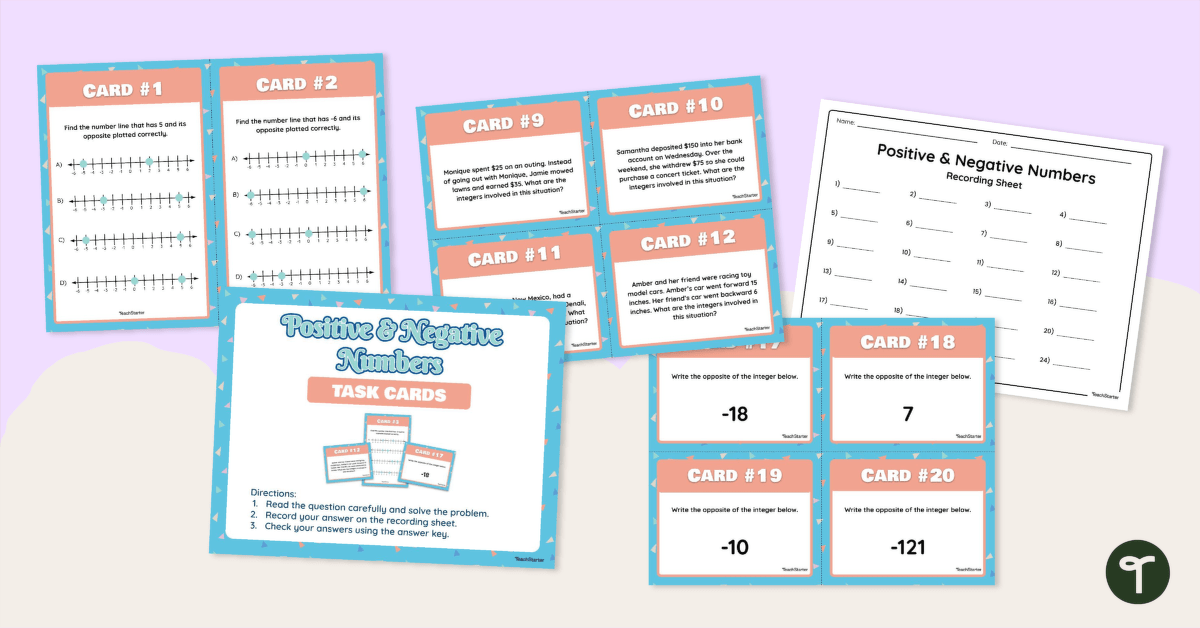

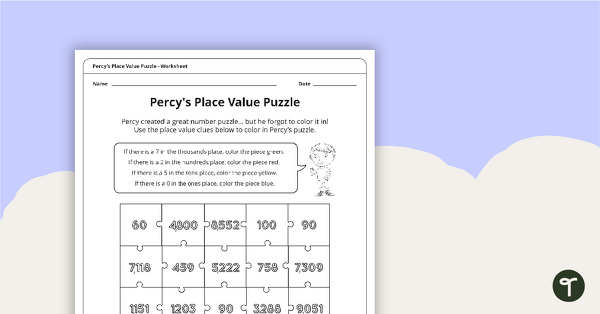
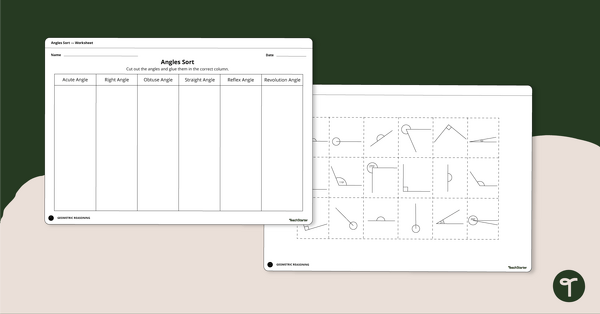
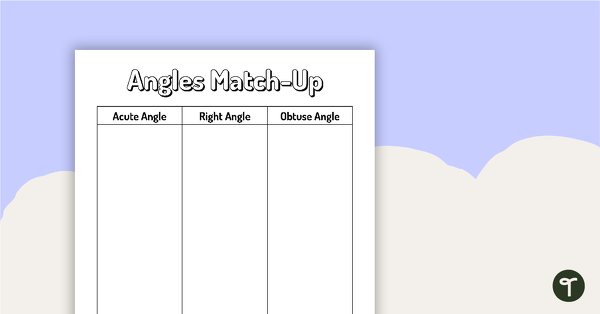
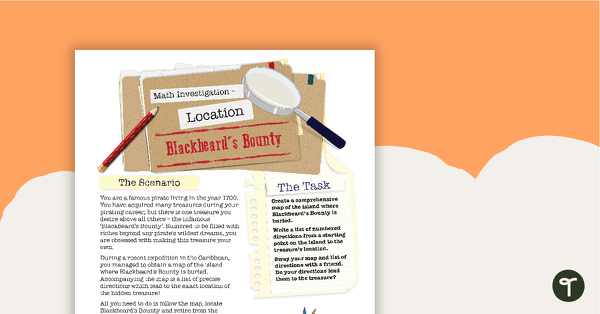
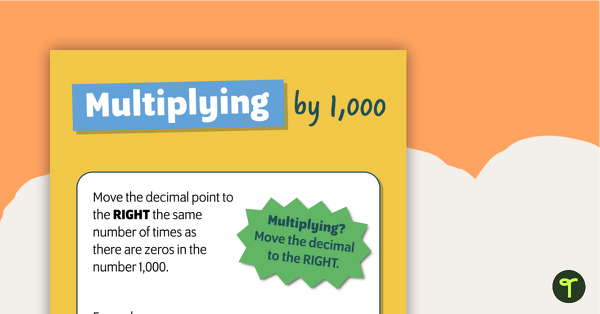
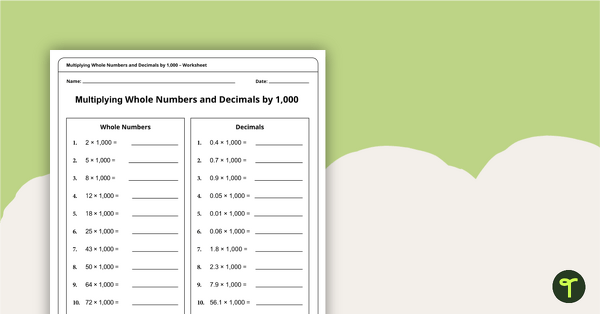
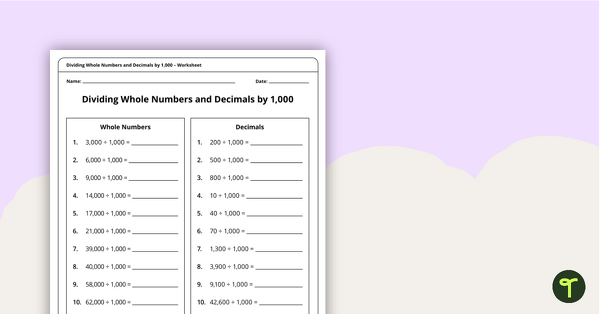
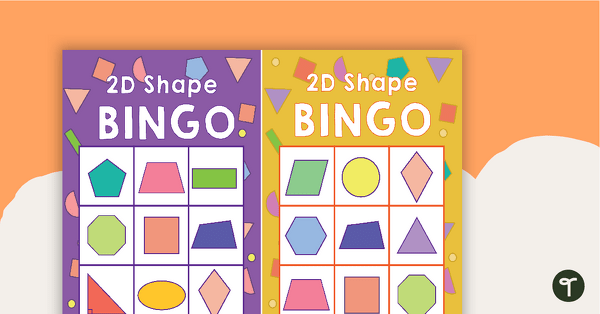
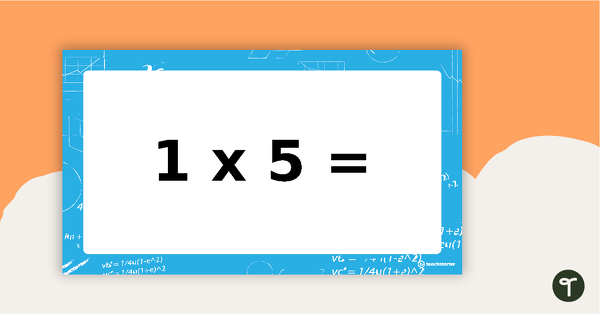
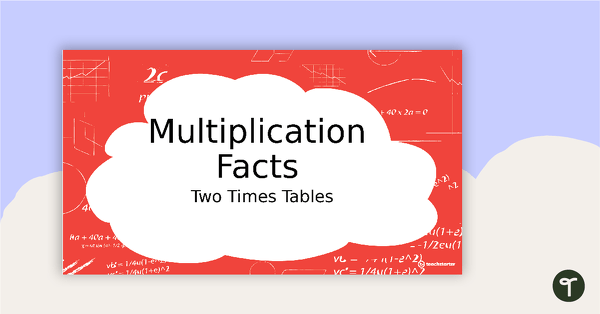
0 Comments
Write a review to help other teachers and parents like yourself. If you'd like to request a change to this resource, or report an error, select the corresponding tab above.